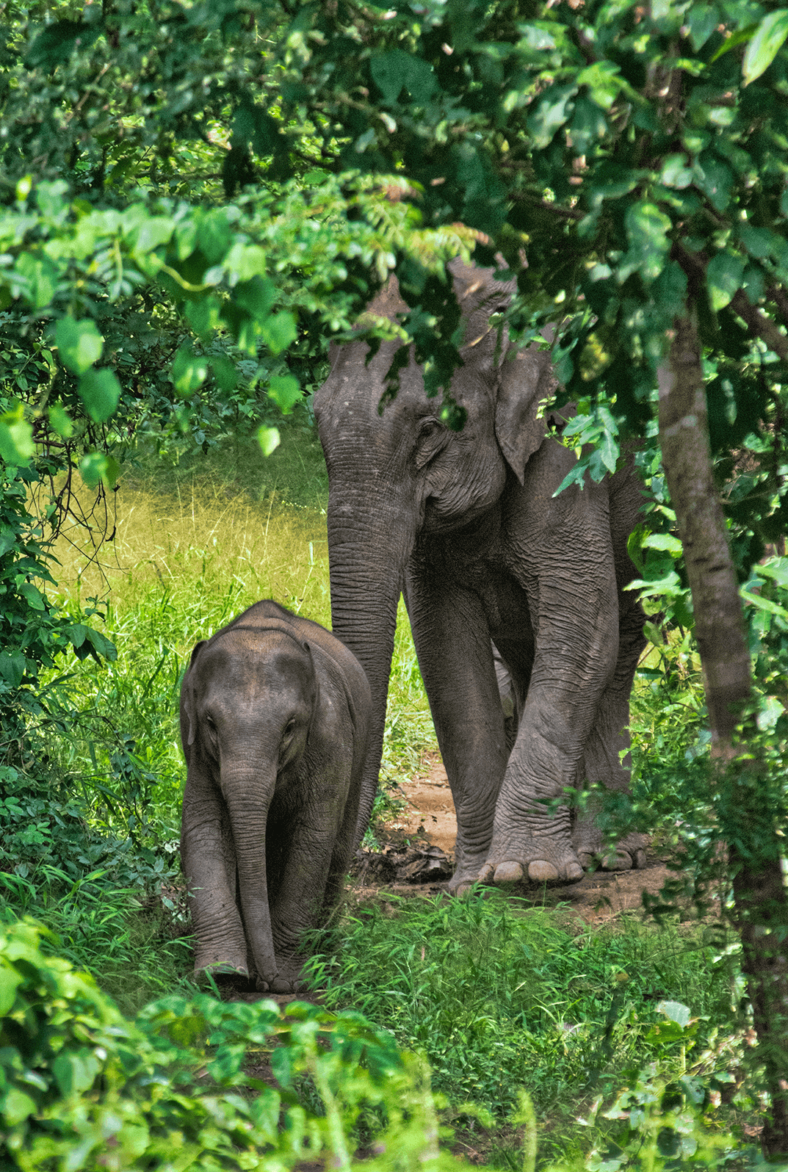The term sanctuary has been used very loosely lately. Everybody who has converted elephants from logging to tourism seems to call themselves a sanctuary or rescue center. Is it enough to just take elephants in and keep them under slightly better conditions than before?
Working with elephants is no small feat. There are several factors that come in to play, each of them just as important as the next.
Elephants are incredibly intelligent, social, and sensitive animals. Setting up a sanctuary doesn’t mean to only keep elephants from working hard or being harmed. If they are not properly stimulated, they can develop mental and physical problems. It is common for them to be denied time to freely interact with others, even when they aren’t with the tourists.
Providing a large enough quantity and diversity of food is another challenge. Like horses, elephants are prone to developing colics when they eat poorly. In many cases elephants are fed primarily with food that is grown in plantations. It is very complicated to replicate a healthy diet of a wild elephant with supplement food alone. If an organisation does not have access to a large area of land where the elephants can graze or forage on a certain amount of plant-species, you can’t really call it a sanctuary.
In addition, the elephants should have access to the available welfare and veterinary care. It is important that members of staff with a veterinary back ground are working on site.
Finally, Sanctuaries should communicate clearly on where they get their funds from and how they are invested. Do they generate an income only to grow their operations, or for actual conservation projects? If they are investing in conservation projects, do they communicate clearly on the results? Transparency is very important.


